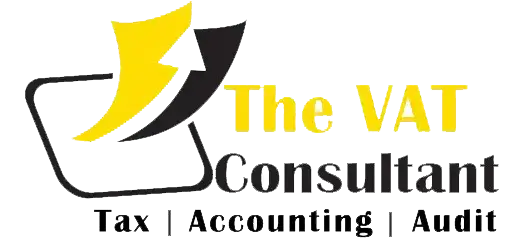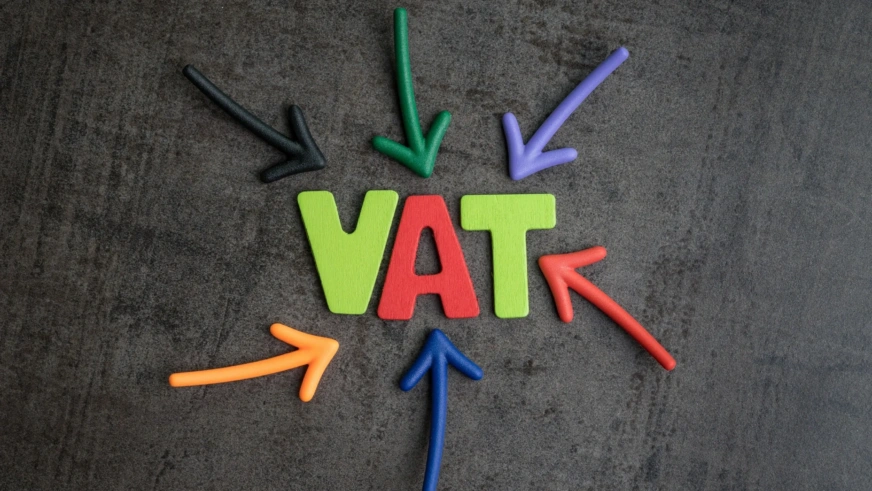Where a Taxable Person’s deductible expenditure exceeds its income that is subject to Corporate Tax, it will have negative Taxable Income. This is known as a Tax Loss. Many businesses make losses at some point in their lifecycle. For example, a new business may initially have losses while it is investing in growing its Business, or a more mature Business may make a loss over a period because of a temporary, adverse trading environment.
Businesses who have a Tax Loss will be able to use the Tax Loss to reduce Taxable Income in future Tax Periods (provided the necessary conditions are met).228 This is to ensure that the amount of Corporate Tax paid by Businesses would (subject to certain conditions) be the same irrespective of when such profits or losses arise. In certain circumstances, Tax Losses can also be used to offset against the Taxable Income of another Business.
A Taxable Person cannot claim Tax Loss relief for:229
• Losses incurred before the date of commencement of Corporate Tax;
• Losses incurred before a Person becomes a Taxable Person; or
• Losses incurred from an asset or activity that generates income which is exempt from Corporate Tax.
A Taxable Person cannot claim Tax Losses for the Tax Period in which they have elected to benefit from small business relief.
Tax Loss relief
A Taxable Person can carry forward Tax Losses and offset them against Taxable Income in subsequent Tax Periods, subject to meeting certain conditions.230 These Tax Losses carried forward can be used to reduce the Taxable Person’s income in the Tax Period by a maximum of 75% of that Taxable Income. 231 This ensures that Corporate Tax is applied to the economic unit that generates Taxable Income as a whole.
Taxable Persons must use available Tax Losses in a Tax Period before any remaining Tax Loss can be carried forward to the next period, or transferred to another Taxable Person subject to meeting the required conditions. For example, if a Taxable Person has carried forward Tax Losses of less than 75% of their Taxable Income, they must use all of the Tax Losses in the current period and cannot choose to carry these Tax Losses forward.232 Tax Losses cannot be carried back to previous Tax Periods.
Carried forward Tax Losses
C LLC is a UAE resident company. In the Tax Period ending 31 December 2026 it makes a Tax Loss of AED 6,000,000.
For the Tax Periods ending 31 December 2027 and 31 December 2028 respectively, C LLC has Taxable Income of AED 5,000,000 per year.
C LLC will be subject to Corporate Tax as follows:
• In the Tax Period ending on 31 December 2026, C LLC makes a Tax Loss and there are no amounts to be taxed.
• In the Tax Period ending on 31 December 2027, C LLC has Taxable Income of AED 5,000,000. This means that the maximum Tax Loss that can be used to offset against its Taxable Income is AED 5,000,000 x 75% = AED 3,750,000. C LLC will have a final Taxable Income of AED 1,250,000 (AED 5,000,000 – AED 3,750,000). This means that C LLC must pay Corporate Tax of AED 78,750 (AED 375,000 x 0%
+ AED 875,000 x 9%).
C LLC will have Tax Losses of AED 2,250,000 (AED 6,000,000 – AED 3,750,000) to
carry forward.
In the Tax Period ending on 31 December 2028, C LLC has Taxable Income of AED 5,000,000. The maximum Tax Loss that can be used to offset against its Taxable Income is AED 5,000,000 x 75% = AED 3,750,000. This means that the full amount of Tax Losses of AED 2,250,000 brought forward are available to be offset against the Taxable Income of AED 5,000,000 in this Tax Period.
C LLC will have a final Taxable Income of AED 2,750,000 (AED 5,000,000 – AED 2,250,000). This means that C LLC must pay Corporate Tax of AED 213,750 (AED 375,000 x 0% + AED 2,375,000 x 9%). C LLC will have no Tax Losses to carry forward
| (Amounts in AED) | 31/12/2026 | 31/12/2027 | 31/12/2028 |
| Taxable Income (pre-Tax Loss relief) | (6,000,000) | 5,000,000 | 5,000,000 |
| Tax Loss utilised | 0 | 3,750,000 | 2,250,000 |
| Final Taxable Income | 0 | 1,250,000 | 2,750,000 |
| Tax Loss carried forward | 6,000,000 | 2,250,000 | 0 |
| Corporate Tax Payable | 0 | 78,750 | 213,750 |
Tax Losses and change of ownership
Specific rules apply for juridical persons that have Tax Losses carried forward and have had a change of ownership in the Tax Period.
A Tax Loss can be carried forward by a Taxable Person provided the owners of the Taxable Person continuously hold at least 50% ownership from the start of the period in which the Loss is incurred to the end of the Tax Period in which the Tax Loss is used to offset against Taxable Income.
If there is a change in ownership of more than 50%, Tax Losses can still be carried forward provided the same or similar Business is carried on following the change in ownership.233
These rules do not apply where the Taxable Person’s shares are listed on a Recognised Stock Exchange.234
Transfer of Tax Losses
Tax Losses may be transferred between Taxable Persons that are Resident juridical persons, where all of the following conditions are met:235
• one entity has a direct or indirect ownership interest of at least a 75% in the other, or a third entity has a direct or indirect ownership interest of at least 75% of the shares in both;
• they share the same Financial Year;
• they prepare their Financial Statements using the same accounting standards;
• none of the Persons are Exempt Persons or Qualifying Free Zone Persons.
Taxable Persons must meet the qualifying common ownership conditions from the start of the Tax Period in which the Tax Loss is incurred to the end of the Tax Period in which the transferred Tax Loss is used before they are able to transfer Tax Losses.236
The Taxable Person who transfers the Tax Losses will have the amount of the Tax Losses available to them, reduced by the amount they have transferred.237
Transferred Tax Losses can reduce the recipient’s Taxable Income by a maximum of 75% of their Taxable Income in that Tax Period. 238 There is no corresponding minimum amount of Tax Loss which must be transferred, however the maximum that can be transferred to the recipient is 75% of their Taxable Income in that Tax Period.
A single Taxable Person may transfer their Tax Losses to more than one Taxable Person provided that in each case the relationship of the recipient Taxable Person with the Taxable Person transferring their Tax Losses meets the relevant conditions. Similarly, a recipient company can claim Tax Losses from more than one transferring company provided that the total Tax Loss offset does not exceed 75% of the recipient’s Taxable Income and that all other conditions for the transfer of Tax Losses are met.
Transfer of Tax Losses
C LLC owns 75% of the shares of F LLC and both meet all the requirements to qualify for the transfer of loss relief.
C LLC makes a loss of AED 2,000,000 and F LLC makes a profit of AED 2,000,000 in the same Tax Period. C LLC chooses to transfer AED 1,500,000 of Tax Losses to F LLC. This is the maximum amount that F LLC can offset against its Taxable Income. This gives F LLC a final Taxable Income of AED 500,000. The remaining AED 500,000 of unutilised losses is carried forward by C LLC to the subsequent Tax Period.
| (Amounts in AED) | C LLC | F LLC |
| Taxable Income / (Loss) | (2,000,000) | 2,000,000 |
| Tax Loss transferred | 1,500,000 | 0 |
| Tax Losses received | 0 | (1,500,000) |
| Final Taxable Income / (Loss) | (500,000) | 500,000 |
| Tax Loss carried forward | (500,000) | 0 |
+9 71 4 393 1773
info@thevatconsultant.com
https://thevatconsultant.com





























